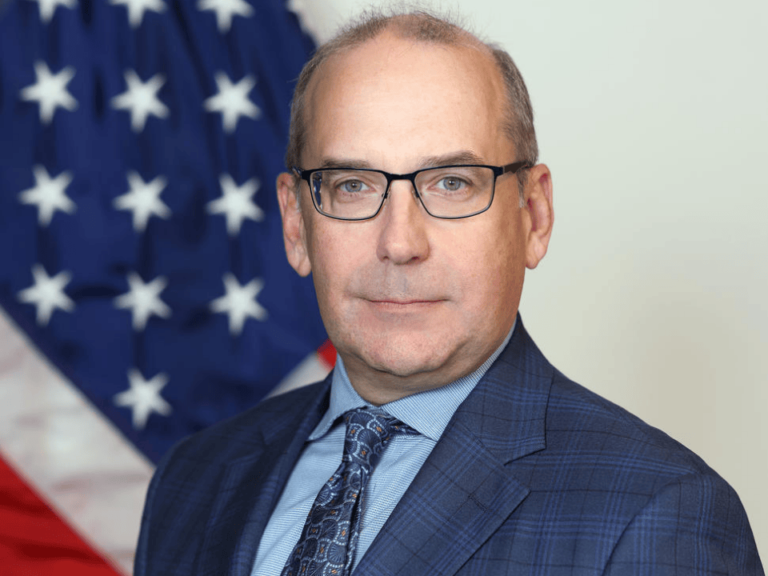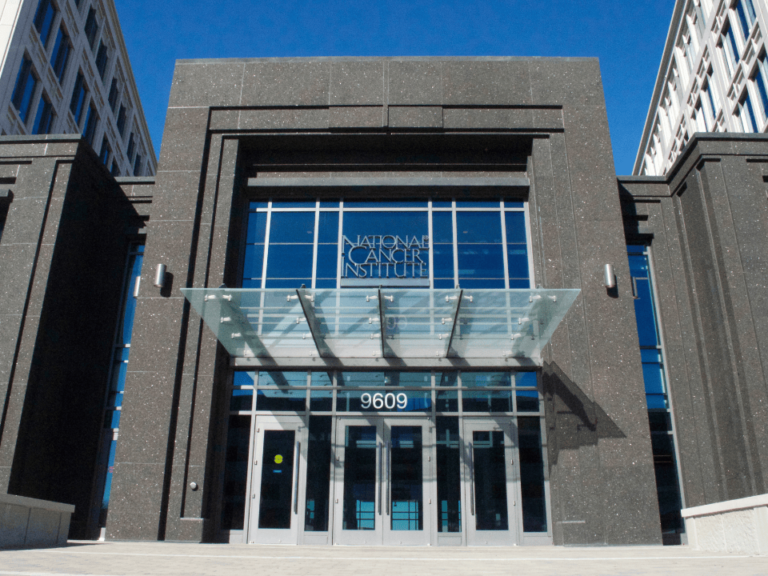A steady, 25-year decline has resulted in a 27% drop in the overall cancer death rate in the United States, translating to approximately 2.6 million fewer cancer deaths between 1991 and 2016. The data come from Cancer Statistics, 2019, the American Cancer Society’s widely-quoted annual report on cancer rates and trends.
To access this subscriber-only content please log in or subscribe.
If your institution has a site license, log in with IP-login or register for a sponsored account.*
*Not all site licenses are enrolled in sponsored accounts.
Login Subscribe
If your institution has a site license, log in with IP-login or register for a sponsored account.*
*Not all site licenses are enrolled in sponsored accounts.
Login Subscribe











